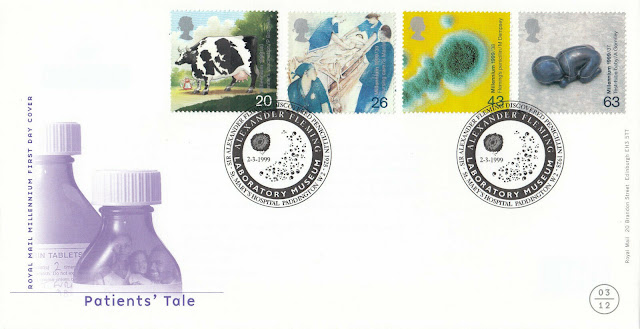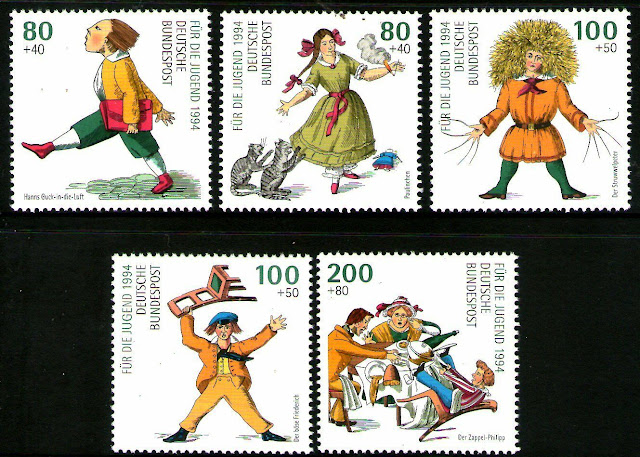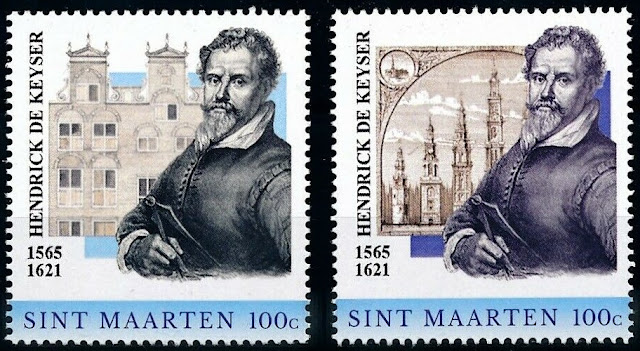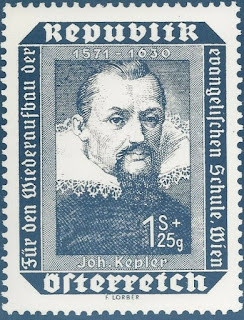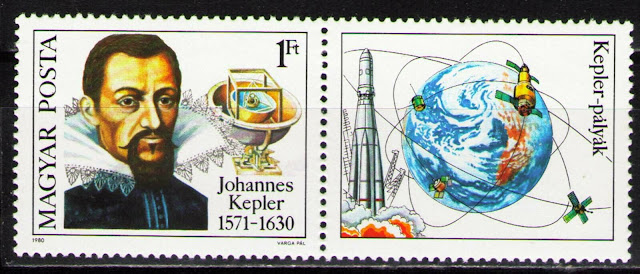Here are some events that happened on August 6th. It could be an event or a person that died or was born on that day
1622 Born: Tjerk Hiddes de Vries, Dutch admiral (d. 1666)
Tjerk Hiddes de Vries (Sexbierum, 6 August 1622 - Flushing, 6 August 1666) was a naval hero and Dutch admiral from the seventeenth century. The French, who could not pronounce his name, called him Kiërkides. His name was also given as Tsjerk, Tierck or Tjerck.
During the Northern Wars Tjerk was appointed captain of a troop transport, the Judith, that in 1658 was part of Lieutenant-Admiral Jacob van Wassenaer Obdam's expeditionary fleet against Sweden to relief Copenhagen. In the Battle of the Sound the sea soldiers of the Judith boarded and captured three Swedish vessels. He was rewarded for this by being appointed extraordinary captain with the Admiralty of Frisia, one of the five autonomous Dutch admiralties.
During the Second Anglo-Dutch War Tjerk was appointed full captain on 27 March 1665. He commanded d' Elff Steden in the Battle of Lowestoft, managing with great personal courage to free his ship from an entanglement with several other burning Dutch vessels, set alight by an English fireship. This fight was a severe defeat for the Dutch and those who by their bravery set a contrast to the general incompetence shown during the battle, were hailed as heroes by the populace. Tjerk in a written report severely criticised his fallen supreme commander Van Obdam. The Frisian admiralty board, in need to replace the also killed Lieutenant-Admiral of the Frisian fleet, Auke Stellingwerf, and sensing the public mood, appointed Tjerk Lieutenant-Admiral of Frisia on 29 June 1665. He thus jumped two ranks, not an uncommon occurrence for the Dutch navy in that century.
Normally the Frisian fleet was rather small, but in view of the emergency the province made a strong war effort, building 28 new vessels, Tjerk supervising the formation of the strongest naval force Frisia would ever send out.
In the Four Days Battle of 1666, Tjerk, now calling himself De Vries ("The Frisian"), was second in command in the squadron of the Zealandic Lieutenant-Admiral Cornelis Evertsen the Elder. When the latter was killed on the first day, Tjerk became the squadron commander, still using as flagship his Groot Frisia. He specially fought well on the last, fourth, day, strongly contributing to the Dutch victory. Six weeks later during the St James's Day Battle he was second in command of the van under Lieutenant-Admiral Johan Evertsen. When this squadron failed to reform a proper keel line after a calm, and was mauled by the line of Admiral Rupert of the Rhine. Tjerk had an arm and a leg shot off; yet still in vain tried to rally his force. His crippled ship drifted away, only discovered by the Dutch rear under Cornelis Tromp the next day. The wounded Frisian admiral was speedily brought ashore in Flushing by a yacht - but died from his wounds on his birthday, 6 August 1666.
Dutch and Sint Maarten stamps depicting Tjerk Hiddes de Vries
1881 Born: Alexander Fleming, Scottish biologist, pharmacologist, and botanist, Nobel Prize laureate (d. 1955)
Sir Alexander Fleming (6 August 1881 – 11 March 1955) was a Scottish biologist, physician, microbiologist, and pharmacologist. His best-known discoveries are the enzyme lysozyme in 1923 and the world's first antibiotic substance benzylpenicillin (Penicillin G) from the mould Penicillium notatum in 1928, for which he shared the Nobel Prize in Physiology or Medicine in 1945 with Howard Florey and Ernst Boris Chain. He wrote many articles on bacteriology, immunology, and chemotherapy.
Fleming was knighted for his scientific achievements in 1944. In 1999, he was named in Time magazine's list of the 100 Most Important People of the 20th century. In 2002, he was chosen in the BBC's television poll for determining the 100 Greatest Britons, and in 2009, he was also voted third "greatest Scot" in an opinion poll conducted by STV, behind only Robert Burns and William Wallace.
Stamps issued in Great Britain to commemorate Alexander Fleming
1911 Born: Lucille Ball, American model, actress, comedian, and producer (d. 1989)
Lucille Désirée Ball (August 6, 1911 – April 26, 1989) was an American actress, comedian, model, studio executive and producer. As one of Hollywood’s greatest icons, and arguably the most iconic female entertainer of all time, she was the star and producer of sitcoms I Love Lucy, The Lucy Show, Here's Lucy, as well as comedy television specials aired under the title The Lucy-Desi Comedy Hour. She is also the first female head of a major Hollywood studio, Desilu Productions, which she also owned.
Ball's career began in 1929 when she landed work as a model. Shortly thereafter, she began her performing career on Broadway using the stage name Diane (or Dianne) Belmont. She later appeared in several minor film roles in the 1930s and 1940s as a contract player for RKO Radio Pictures, being cast as a chorus girl or in similar roles. During this time, she met Cuban bandleader Desi Arnaz, and the two eloped in November 1940. In the 1950s, Ball ventured into television. In 1951, she and Arnaz created the sitcom I Love Lucy, a series that became one of the most beloved programs in television history. The same year, Ball gave birth to their first child, Lucie Arnaz, followed by Desi Arnaz Jr. in 1953. Ball and Arnaz divorced in May 1960, and she married comedian Gary Morton in 1961.
Following the end of I Love Lucy, Ball produced and starred in the Broadway musical Wildcat from 1960 to 1961. The show received lukewarm reviews and had to be closed when Ball became ill for several weeks. After Wildcat, Ball reunited with I Love Lucy co-star Vivian Vance for The Lucy Show, which Vance left in 1965. The show continued, with Ball's longtime friend and series regular Gale Gordon, until 1968. Ball immediately began appearing in a new series, Here's Lucy, with Gordon, frequent show guest Mary Jane Croft, and Lucie and Desi Jr.; this program ran until 1974.
In 1962, Ball became the first woman to run a major television studio, Desilu Productions, which produced many popular television series, including Mission: Impossible and Star Trek. Ball did not retire from acting completely, and in 1985, she took on a dramatic role in the television film Stone Pillow. The next year she starred in Life with Lucy, which was, unlike her other sitcoms, not well-received; the show was cancelled after three months. She appeared in film and television roles for the rest of her career until her death in April 1989 from an abdominal aortic aneurysm at the age of 77.
Ball was nominated for 13 Primetime Emmy Awards, winning four times. In 1960, she received two stars for her work in film and television on the Hollywood Walk of Fame. In 1977, Ball was among the first recipients of the Women in Film Crystal Award. She was also the recipient of the Golden Globe Cecil B. DeMille Award in 1979, was inducted into the Television Hall of Fame in 1984, received the Lifetime Achievement Award from the Kennedy Center Honors in 1986, and the Governors Award from the Academy of Television Arts & Sciences in 1989.
US stamps depicting Lucille Ball


